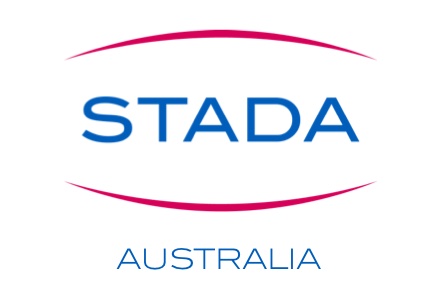Dealing with Head Lice: A Guide for Parents
Discovering that your child has come home with head lice can be an unwelcome surprise for any parent. While it's a common problem among school-aged children, dealing with head lice can be stressful and overwhelming. However, with the right knowledge and prompt action, you can effectively manage the situation and minimize the spread of lice. In this article, we'll guide you through the necessary steps to take when your child comes home with head lice, providing you with peace of mind and a plan of action.

- Stay Calm and Educate Yourself: As a parent, it's crucial to remain calm and approach the situation with a level-headed mindset. Educate yourself about head lice, their life cycle, and the methods for treatment and prevention. Understanding the facts will help dispel any myths or misconceptions that could contribute to unnecessary panic.
- Check and Confirm: The first step is to confirm the presence of head lice in your child's hair. Use a fine-toothed comb to carefully inspect the hair close to the scalp, particularly around the nape of the neck and behind the ears. Look for adult lice, nymphs (young lice), or nits (lice eggs) attached to the hair shafts. Nits are often mistaken for dandruff but are oval-shaped and difficult to remove.
- Notify School and Close Contacts: Inform your child's school or daycare about the situation. While it may feel embarrassing, remember that head lice are common and can affect anyone. By notifying the school, you can help prevent further infestations and allow them to take necessary precautions to address the issue in the community.
- Treat Effectively: Consult with your healthcare provider or pharmacist to choose the appropriate treatment option for your child. Over-the-counter containing ingredients like dimeticone, octanediol and isoproplyl myristate are commonly recommended as they contain no pesticide. Follow the instructions carefully and repeat the treatment as necessary to ensure complete eradication of the lice. It's important to treat all affected family members simultaneously to prevent re-infestation.
- Clean and Disinfect: To prevent lice from spreading, wash your child's bedding, clothes, and personal items in hot water and dry them on high heat. Vacuum the areas where your child spends time, including furniture, car seats, and rugs. Items that can't be washed or vacuumed can be sealed in plastic bags for two weeks, as lice cannot survive without a host for that long.
- Educate and Prevent: Teach your child about personal hygiene and the importance of avoiding head-to-head contact with others. Encourage them not to share combs, brushes, hats, or other personal items. Regularly check your child's hair for any signs of re-infestation and respond promptly if needed.
- Address Emotional Well-being: Dealing with head lice can be emotionally distressing for your child. Offer reassurance, support, and understanding throughout the treatment process. Remind them that head lice are common and not a reflection of poor hygiene. Help them understand that with proper care and treatment, they will soon be lice-free.
Discovering that your child has head lice can be a stressful experience, but it's important to approach it calmly and methodically. By following the steps outlined in this guide, you can effectively treat and manage head lice while minimizing the risk of re-infestation. Remember to stay informed, act promptly, and seek professional advice when needed. With your support and the right treatment, your child will soon be free from head lice and back to their normal routine.

